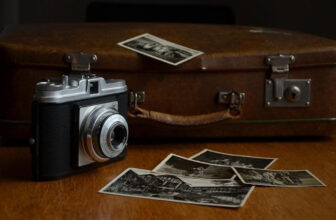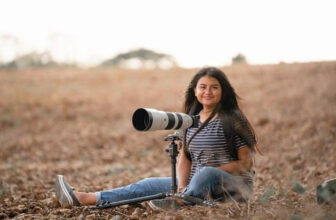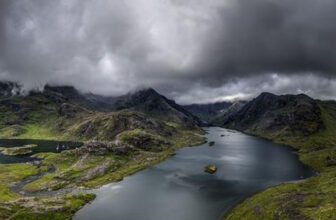Capturing Nature’s Wonders: Essential Wildlife Photography Tips
GoogleAds
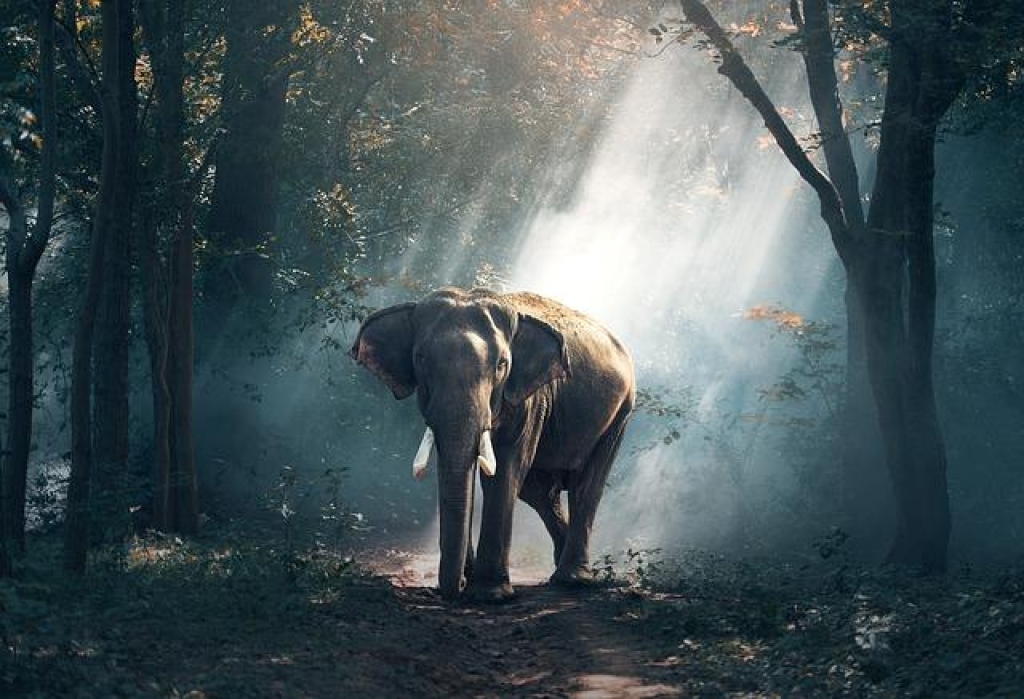
In the bustling world of wildlife photography, capturing nature’s wonders can be a daunting yet rewarding experience. With the right skills and techniques, photographers can immortalize the beauty and majesty of the natural world through their lenses. In this article, we will explore some essential tips and tricks for capturing stunning wildlife photographs that will leave viewers in awe.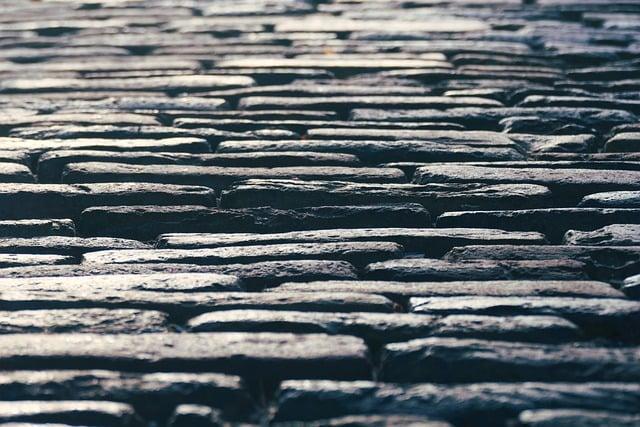
Finding the Right Location to Photograph Wildlife
When embarking on a wildlife photography expedition, one of the most crucial aspects to consider is finding the perfect location to capture nature’s wonders. The right location can make all the difference in producing stunning and captivating wildlife photographs that truly showcase the beauty of the natural world.
Research and Planning: Before setting out on your photography adventure, it’s essential to do thorough research on potential locations. Look for places known for their diverse wildlife populations, such as national parks, wildlife reserves, or conservation areas. Consider factors like the time of year, weather conditions, and the specific species you hope to photograph.
Local Guides and Experts: Utilizing the knowledge and expertise of local guides can greatly enhance your chances of finding the best locations to photograph wildlife. These experts know the area like the back of their hand and can lead you to hidden gems and hotspots teeming with wildlife activity.
Patience and Persistence: Wildlife photography requires a great deal of patience and persistence. Even in the best locations, capturing the perfect shot can take time. Don’t be discouraged if you don’t immediately spot the wildlife you’re hoping to photograph. Stay committed and be prepared to wait for the perfect moment.
Respect for the Environment: When choosing a location for wildlife photography, it’s crucial to prioritize the well-being and conservation of the animals and their habitats. Always follow ethical guidelines and regulations, maintain a safe distance from wildlife, and avoid disrupting their natural behavior. By respecting the environment, you can capture breathtaking images while also preserving the beauty of nature for future generations to enjoy.
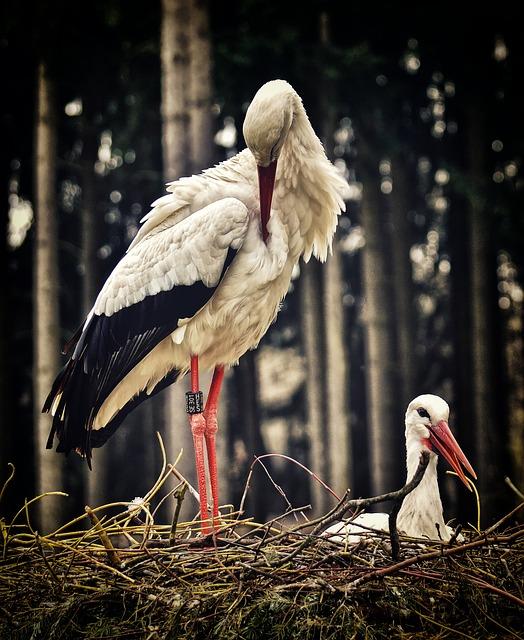
Understanding Wildlife Behavior for Authentic Shots
When it comes to capturing the beauty of wildlife, understanding their behavior is key to getting those authentic shots that truly showcase nature’s wonders. By observing and learning about the habits and patterns of animals, photographers can anticipate moments and movements that will result in stunning photographs.
One essential tip for wildlife photography is to research the species you plan to photograph. Knowing the animal’s habitat, diet, and typical behavior will help you anticipate their movements and get the best shots. Whether it’s a majestic eagle soaring in the sky or a graceful deer grazing in a meadow, understanding their behavior will give you a better chance of capturing their natural essence.
Patience is another crucial element in wildlife photography. Animals can be unpredictable, so it’s important to be prepared to wait for the perfect moment to capture that authentic shot. Whether it’s sitting in a blind for hours or quietly observing from a distance, patience is key to getting those truly remarkable photographs.
Utilizing camouflage and blending techniques can also help you get closer to wildlife without disturbing their natural behavior. By blending in with your surroundings and minimizing your presence, you can capture intimate moments without causing stress to the animals. This will result in more authentic and natural photographs that truly showcase the beauty of wildlife.
Finally, respect for wildlife is paramount in wildlife photography. It’s important to remember that we are guests in their natural habitat, and it’s crucial to prioritize the well-being of the animals above getting the perfect shot. By approaching with care and consideration, you can capture stunning photographs that honor the beauty and majesty of the natural world.
Mastering Camera Settings for Sharp and Vibrant Images
When it comes to wildlife photography, mastering your camera settings is crucial to capturing sharp and vibrant images of nature’s wonders. Whether you are photographing a majestic lion in the Serengeti or a tiny hummingbird in your backyard, understanding how to adjust your camera settings can make all the difference in the final outcome of your pictures.
One of the most important settings to consider when photographing wildlife is the aperture. A wider aperture, represented by a lower f-number, can help you achieve a blurred background effect, also known as bokeh, which can make your subject stand out against its surroundings. On the other hand, a narrower aperture, represented by a higher f-number, can help you capture more detail in the entire scene.
Another crucial setting to pay attention to is the shutter speed. When photographing fast-moving subjects like birds in flight or running cheetahs, a faster shutter speed can help freeze the action and prevent motion blur. On the other hand, a slower shutter speed can create a sense of movement in your images, which can be effective when photographing subjects like flowing water or swaying trees.
ISO is another important camera setting to consider when shooting wildlife. A lower ISO setting can result in cleaner, less noisy images, especially in well-lit conditions. However, when shooting in low light situations or when using a fast shutter speed, you may need to increase your ISO to maintain a proper exposure.
| Aperture: | Adjust for background blur or sharpness. |
| Shutter Speed: | Choose a faster speed for fast-moving subjects. |
| ISO: | Increase in low light conditions for proper exposure. |
Utilizing Natural Light for Stunning Wildlife Photography
When it comes to capturing the beauty of wildlife through photography, utilizing natural light can make a world of difference. Natural light not only enhances the colors and details of your subject, but it also adds a sense of warmth and depth to your photos. Here are some essential tips for making the most of natural light in your wildlife photography:
1. Time of Day: The golden hours of sunrise and sunset provide the best natural light for wildlife photography. During these times, the light is soft, warm, and directional, casting beautiful shadows and creating a magical atmosphere.
2. Positioning: Pay attention to the direction of light when positioning yourself for a shot. Backlighting can create stunning silhouettes, while side lighting can add depth and texture to your subject. Experiment with different angles to find the most flattering light.
3. Use of Reflectors: Reflectors can help bounce light back onto your subject, filling in shadows and creating a more balanced exposure. Consider using a collapsible reflector or even a white piece of cardboard to enhance the natural light in your photos.
4. Avoid Harsh Midday Sun: The harsh midday sun can wash out colors and create unflattering shadows in your wildlife photos. If you must shoot during this time, look for shaded areas or use a diffuser to soften the light and create a more pleasing effect.
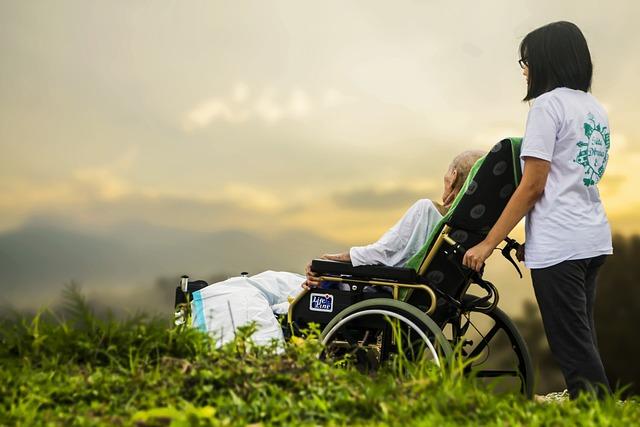
Being Patient and Persistent for the Perfect Shot
Capturing the perfect wildlife shot requires a great deal of patience and persistence. As a wildlife photographer, you must be willing to spend hours waiting for the right moment to capture the beauty of nature. Remember, the best shots often come to those who are willing to wait.
One essential tip for wildlife photography is to find a good vantage point and observe the behavior of the animals. Take your time to study their movements and habits, as this will help you anticipate when the perfect shot will present itself. By being patient and observant, you increase your chances of capturing a truly stunning image.
Another important aspect of wildlife photography is to understand the natural environment in which you are shooting. Take note of the lighting conditions, weather patterns, and other factors that may affect your shot. By being aware of your surroundings, you can adjust your camera settings accordingly to ensure that you capture the perfect shot.
When it comes to photographing wildlife, there are no shortcuts. It’s important to be persistent and not give up easily, even if you don’t get the shot you want right away. Keep trying, experiment with different techniques, and don’t be afraid to make mistakes. Remember, practice makes perfect, and the more you shoot, the better you will become at capturing nature’s wonders.
In conclusion, being patient and persistent is key to capturing the perfect wildlife shot. Take your time, observe the animals, understand your environment, and keep practicing. With dedication and perseverance, you will be able to capture truly breathtaking images that showcase the beauty of nature in all its glory.
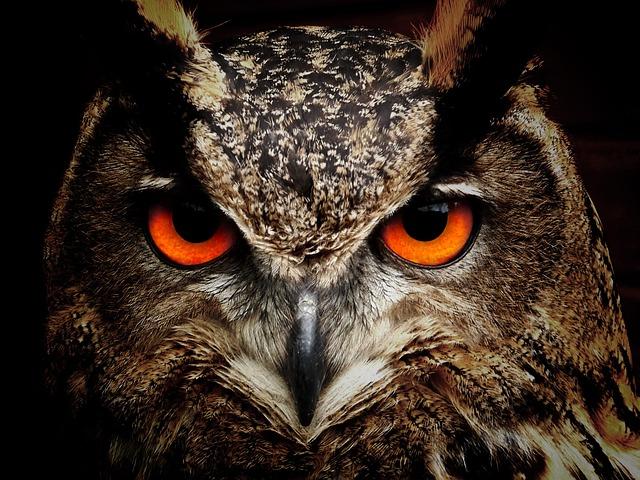
Respecting Wildlife and the Environment During Photography
In the thrilling world of wildlife photography, it’s crucial for photographers to always prioritize the well-being of the animals and their habitats. As we seek to capture nature’s wonders through our lens, it’s essential to remember that we are guests in their world. Here are some essential tips to help you respect wildlife and the environment while pursuing your passion for photography.
1. Keep a Safe Distance: When photographing wildlife, it’s important to maintain a safe distance to avoid disturbing the animals or putting yourself at risk. Use telephoto lenses to capture close-up shots without intruding on their natural behavior.
2. Be Mindful of Your Impact: Stay on designated paths and trails to minimize your impact on the environment. Avoid trampling on vegetation or disturbing nests and burrows. Practice the Leave No Trace principles to preserve the beauty of nature for future generations.
3. Avoid Feeding or Approaching Wildlife: Feeding wildlife can disrupt their natural diet and behavior, leading to dependency on humans for food. Refrain from approaching or touching animals, as this can cause stress and potential danger for both the animals and yourself.
4. Capture Natural Behaviors: Instead of manipulating the scene or provoking reactions from wildlife, strive to capture natural behaviors and interactions. Patience is key in wildlife photography – wait for the perfect moment to unfold naturally before taking your shot.
5. Educate and Inspire: Use your photography as a tool to educate others about the importance of wildlife conservation and environmental protection. Share your images with a message that promotes respect and appreciation for the beauty of nature, inspiring others to do their part in preserving it.
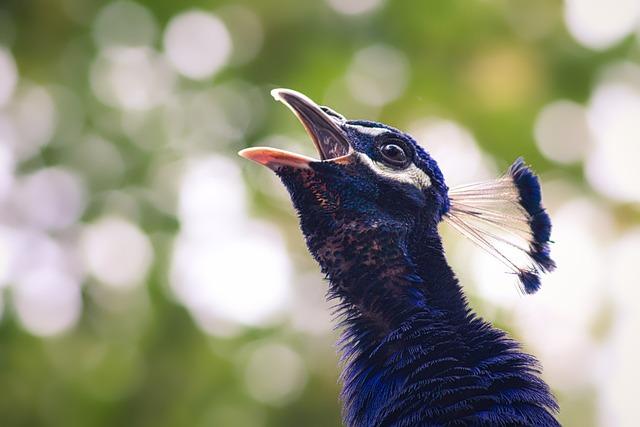
Choosing the Right Equipment for Wildlife Photography Success
When it comes to wildlife photography, having the right equipment can make all the difference in capturing stunning images of nature’s wonders. Whether you’re a beginner or an experienced photographer, selecting the correct gear is crucial for success.
One essential piece of equipment for wildlife photography is a high-quality digital camera with a fast shutter speed. This will allow you to capture quick movements and fleeting moments in the wild. Look for a camera with a high resolution and low light capabilities for optimal results.
Another important tool for wildlife photography is a telephoto lens. This type of lens allows you to shoot from a distance, without disturbing the animals or risking your safety. A lens with a focal length of at least 300mm is ideal for capturing detailed shots of wildlife.
Additionally, a sturdy tripod is essential for keeping your camera steady and preventing blurry images. Look for a lightweight tripod that is easy to transport and set up in various outdoor conditions. This will help you achieve sharp, clear photos even in challenging environments.
Lastly, don’t forget about accessories such as lens filters, extra batteries, and a comfortable camera bag for carrying your gear. These items can enhance your photography experience and help you stay organized in the field. With the right equipment at your disposal, you’ll be well-prepared to capture the beauty of wildlife with confidence and precision.
Q&A
Q: What are some essential tips for capturing wildlife in photos?
A: Some essential tips for wildlife photography include researching the animals you want to photograph, being patient and observant, using the right equipment, and paying attention to composition and lighting.
Q: How can photographers get close to wildlife without disturbing them?
A: Photographers can use long lenses to capture wildlife from a distance, approach slowly and quietly, and avoid sudden movements or loud noises that could startle the animals.
Q: What are some ways to make wildlife photos more interesting and dynamic?
A: To make wildlife photos more interesting and dynamic, photographers can experiment with different angles, use the rule of thirds for composition, include interesting backgrounds or foregrounds, and capture animals in action or showing emotion.
Q: What role does lighting play in wildlife photography?
A: Lighting plays a crucial role in wildlife photography as it can enhance the colors and details of the animals, create mood and atmosphere, and highlight textures and patterns in their fur or feathers.
Q: How can photographers ensure their safety while capturing wildlife photos?
A: Photographers can ensure their safety while capturing wildlife photos by respecting the animals’ space and behavior, staying alert and aware of their surroundings, and following any guidelines or regulations set forth by wildlife conservation authorities.
Key Takeaways
In conclusion, capturing nature’s wonders through wildlife photography requires patience, skill, and a deep appreciation for the beauty of the world around us. By following these essential tips, photographers can elevate their craft and create stunning images that showcase the diversity and magnificence of our planet’s wildlife. So grab your camera, head outdoors, and let nature inspire your next breathtaking shot. Happy shooting!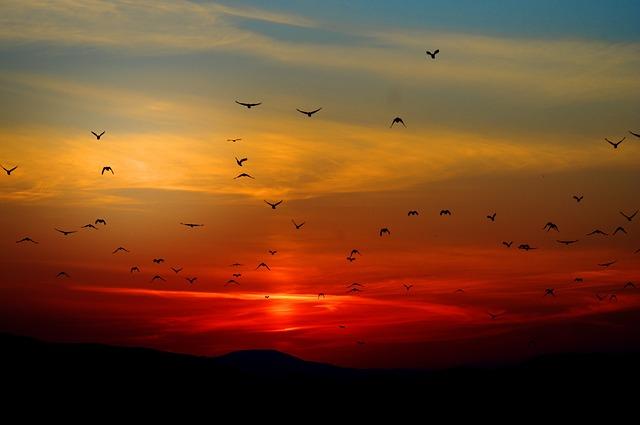
GoogleAds



